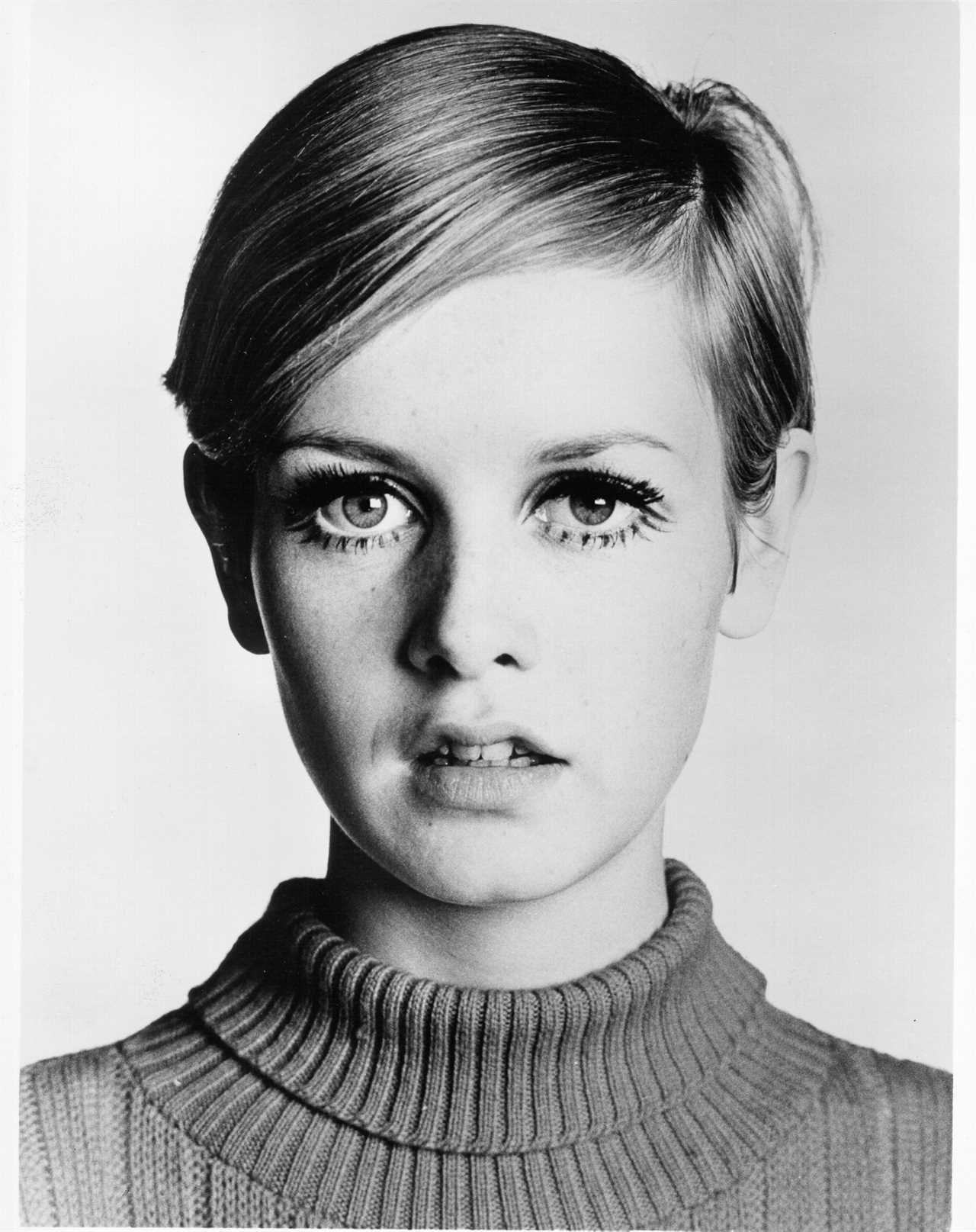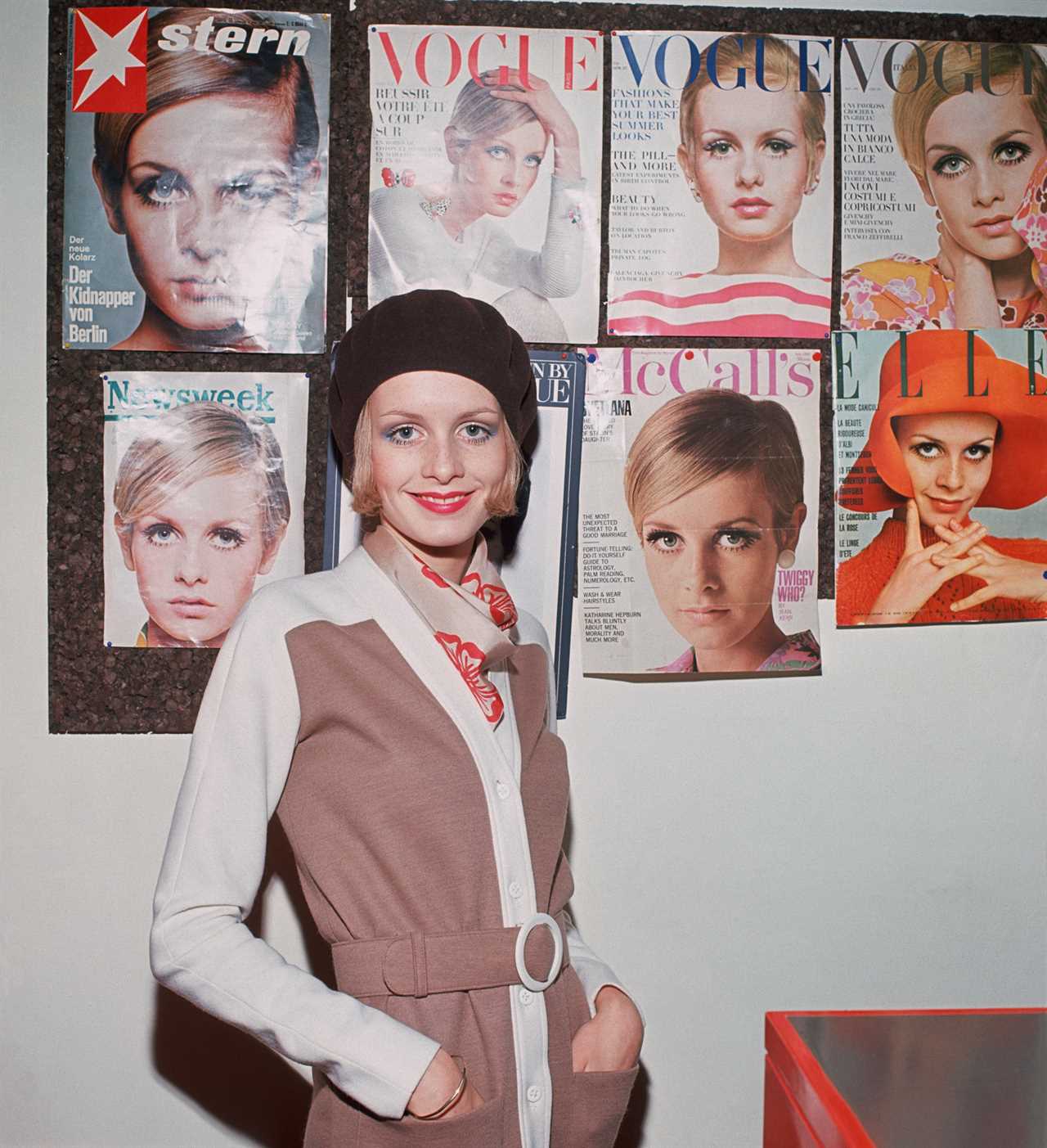A young, doe-eyed blonde named Lesley Lawson catapulted to international stardom and become one of the world's first supermodels thanks to one iconic Vogue cover.
Lawson is known around the world by an eponymous nickname: Twiggy.
It was in the 1960s that a teenaged Twiggy changed the modelling landscape forever. She first earned that iconic nickname in 1965 while working as an assistant at a London hair salon.
READ MORE: Inside Hollywood's friendliest divorce between Bruce Willis and Demi Moore

READ MORE: Jim Carrey's controversial stunt at the 1997 MTV Movie Awards
The future supermodel met hairdresser Nigel Davies, who would later be known as Justin de Villenueve, who nicknamed her 'Twigs' due to her slender flame.
This affectionate nickname would define British-born Lawson for the rest of her career.
She was discovered by accident while modelling for a hairdresser at the age of 16 and Twiggy would later be known as the "face of 66".
Twiggy's boyish, androgynous look was exceptionally unique in the 1960s - her pixie haircut, large eyes and long lashes made her into something of an icon very early on.
She landed her first Vogue cover in 1967 while still a teenager. It showed her with a slicked back, cropped hairstyle, statement eyeliner and lashes and a much-too-big turtle neck.

Her statement lashes were a personal creation the model would call "twiggies". The photo was so deliciously '60s it has gone on to define an entire era of fashion.
When the photo was taken, Twiggy was a virtual unknown supermodel. When the Vogue issue hit the stands, her life changed forever.
In a 2016 article with The Guardian, Twiggy admitted her own self-confidence didn't match the fame she earned.
For a daily dose of 9Honey, subscribe to our newsletter here.
"I was this funny, skinny little thing with eyelashes and long legs, who had grown up hating how I looked," she has revealed. "I thought the world had gone mad."
Twiggy swept the world so rapidly that by 1967, Mattel had released a Barbie doll in her likeness.It was the first Barbie Mattel had produced that actually resembled a real-life person.

READ MORE: The 'poisonous' tension between Audrey Hepburn and Humphrey Bogart
In just a few years, Twiggy had modelled internationally in France, Japan and the US and had landed multiple magazine covers with Vogue and The Tatler. She was even photographed by the greats including Annie Leibovitz and Norman Parkionson.
Between 1967 and 1970 was an utter Twiggy phenomenon. So much so, The New Yorker devoted an 100-page spread to her unprecedented rise to stardom.
Her fame ballooned so much that her talents didn't stay within the confines of modelling.
In 1971, Twiggy's role in The Boy Friend earned her two Golden Globe Awards and she made her Broadway debut in 1983 in My One and Only, for which she earned a Tony nomination.
Much of the next few decades were devoted to her career in theatre, film and television. She even released an album in 2003 titled Midnight Blue.
And in 2019, she was appointed a Dame Commander of the Order of the British Empire for her services to fashion, arts and charity.

READ MORE: Delta Goodrem's moving appearance at the 2003 ARIAs months after her cancer diagnosis
Decades on from her debut as the world's most famous supermodel, Twiggy has often reflected on the tough and often toxic landscape of high fashion.
She has acknowledged the unhealthy obsession with "slimness", revealing in a 2020 Guardian article that she worries the modelling culture will never truly change.
"I don't think the high fashion industry will ever go completely away from slimness but I think other parts of the industry have started to use different shapes and sizes, and I think they should," she explained.
All in all, Twiggy only modelled full-time for a short, four-year stint. It's remarkable to think, given the impact she has on culture even today.
In the same interview, the now 73-year-old said she never intended to retire from high fashion modelling, revealing it was a slow distancing from the industry as she grew "bored" of it.
"I didn't suddenly stop one day and think: 'I'm not going to model any more.'"
------------------------------------
Title: Freeze Frame: How a chance encounter in 1965 turned Twiggy into an international phenomenon
Sourced From: celebrity.nine.com.au/latest/freeze-frame-the-1967-vogue-cover-that-made-twiggy-an-international-icon/042b135f-3d13-4b85-a923-af4596eaeee2
Published Date: Sat, 19 Aug 2023 05:08:00 GMT






